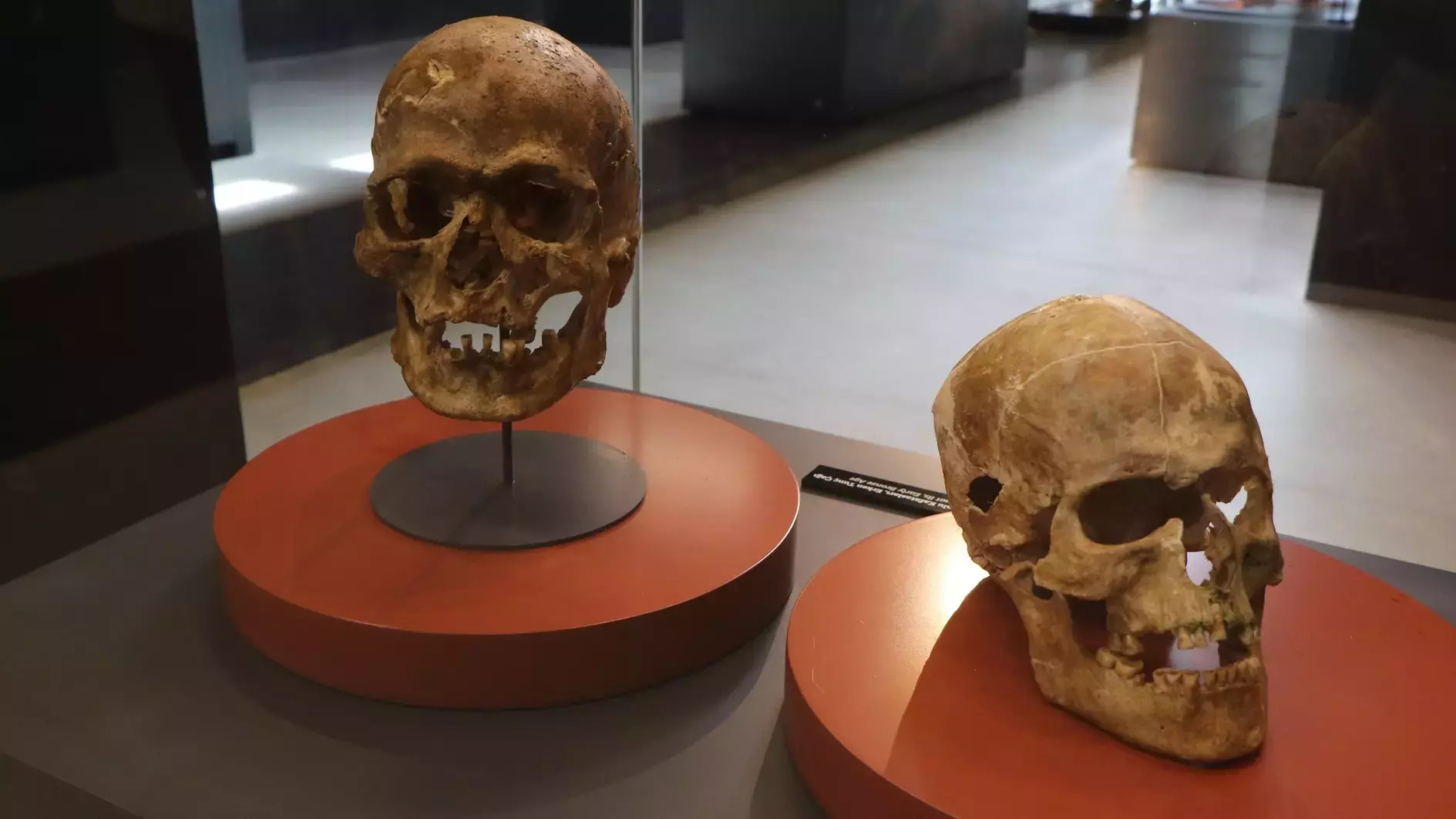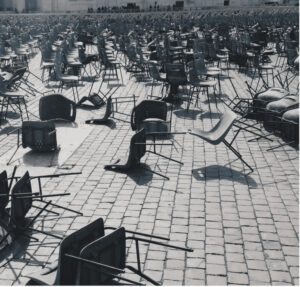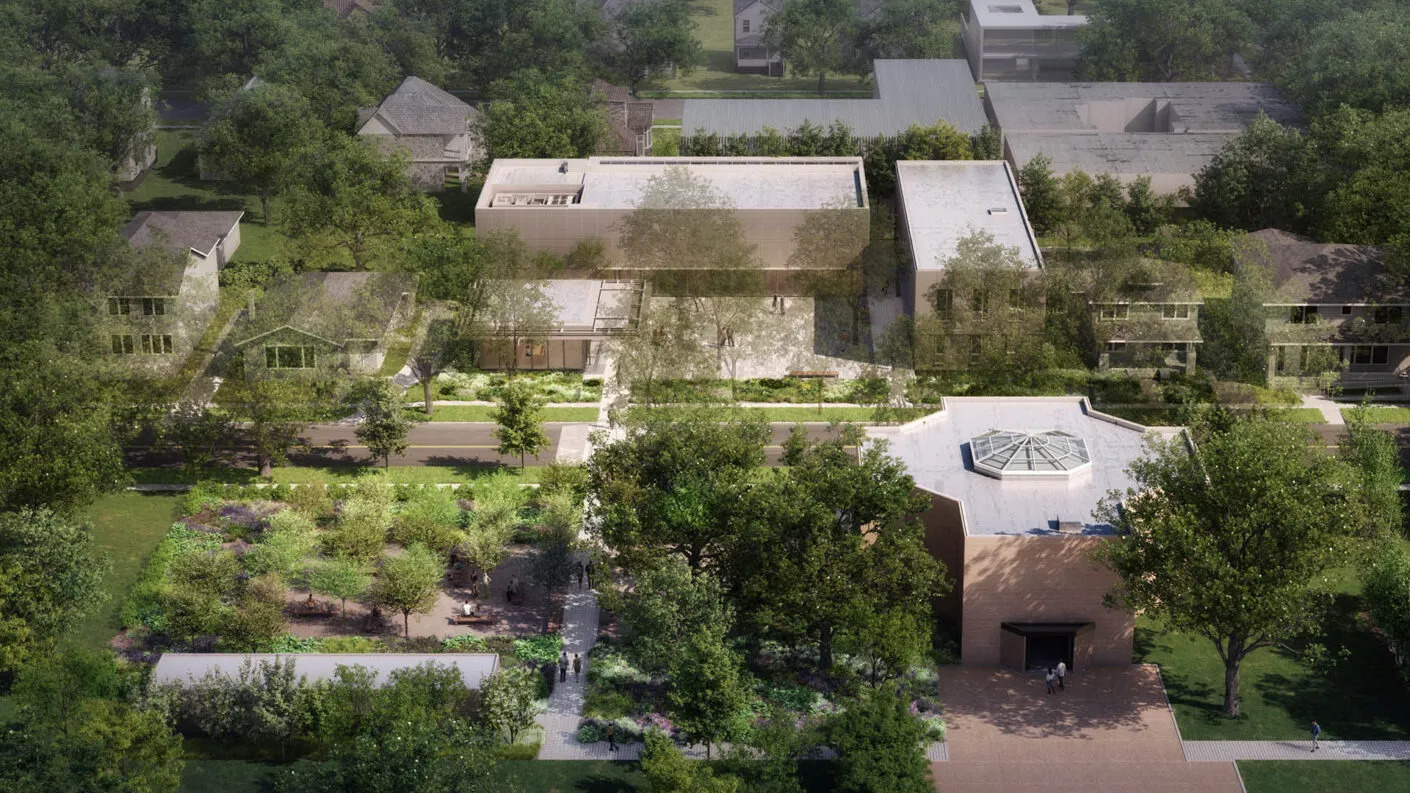The ancient practice of trepanation has garnered attention in the northern province of Samsun, Türkiye, drawing crowds eager to witness the scars left on millennia-old skulls.
The intriguing revelation of trepanation in the region followed a 1981 excavation in İkizdere Mound, located in the Bafra district, where a 5,000-year-old skull displayed evidence of early cranial surgeries. Among the artifacts discovered, visitors to the Samsun Museum can also view a 1,900-year-old skull that underwent the same procedure.
Early Bronze Age
Analysis dates the 5,000-year-old specimen to the early Bronze Age, while the latter originates from the late Hellenistic and early Roman Empire era of the ancient city of Amisos.
Trepanation, derived from the Greek word “trypanon,” meaning “hole,” involves the deliberate removal of skull fragments to expose the brain, as elucidated by the museum. Anthropologists refer to it as “the skull-piercing operation.”
Historical records and archaeological findings suggest various reasons for trepanation, ranging from treating head injuries to spiritual purification. However, the potential ceremonial aspects obscure the true purpose behind these ancient surgical procedures.
Anatolia has yielded approximately 50 instances of trepanation. Among these, the specimens from İkiztepe stand out as the oldest and most extensively developed trepanation center in the region, showcasing evidence of both intentional surgeries and wartime injuries.
Among the five adult skeletons unearthed, one belonged to a young adult female, and the others to males. All but one of the trepanations were attributed to wounds caused by cutting, piercing, and blunt-edged weapons during the early Bronze Age.
In contrast, an elderly man who underwent trepanation displayed evidence of tumoral formations, indicating a broader spectrum of health-related interventions in ancient times.











